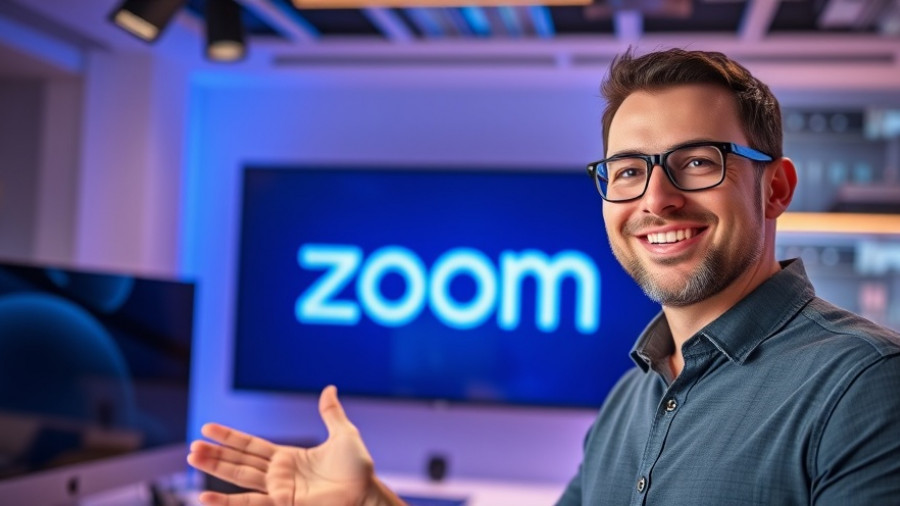
Sweeping Settlement: A Boon or a Bane for Writers?
In a groundbreaking class action lawsuit against Anthropic, creators are receiving a collective payout of $1.5 billion, the largest in the realm of U.S. copyright law. Approximately 500,000 writers will benefit, earning at least $3,000 each. But while the dollar signs may glitter, the implications for the creative industry are rather grim.
Who Truly Benefits from AI Innovations?
Many writers are left wondering: is this settlement truly a victory? The financial compensation is paltry compared to the unsettling precedent it sets for intellectual property rights in the age of artificial intelligence (AI). Tech companies are utilizing massive amounts of written material to train language models like Claude and ChatGPT, often scraping data from the Internet and other sources without proper compensation. Many argue this puts the very foundations of copyright at risk.
Tech Giants vs. Writers: The Imbalance Grows
The ruling by Judge William Alsup deemed that using copyrighted material to train AI could be ‘transformative’ enough to fall under fair use. Critics of this decision note that it essentially legalizes the unauthorized use of authors’ works, benefiting corporate entities while leaving creators with minimal recompense.
The Ripple Effect: Precedents and Future Litigation
As the Bartz v. Anthropic case sets a pivotal legal precedent, many anticipate a wave of similar lawsuits. Future court rulings may further define the murky relationship between AI technology and copyright laws, and there’s concern that outcomes may still favor tech giants over individual creators. This imbalance perpetuates a cycle where massive corporations thrive at the expense of artists’ rights.
Reflecting on the Future of Writing and AI
The implications of this settlement extend far beyond immediate financial gains for authors. It speaks volumes about the potential commodification of creativity and the urgent need to reassess how we define and protect intellectual property in a rapidly evolving landscape. Moving forward, the question remains: how can we strike a fair balance that honors both technological advancement and the rights of writers?
 Add Row
Add Row  Add
Add 




Write A Comment